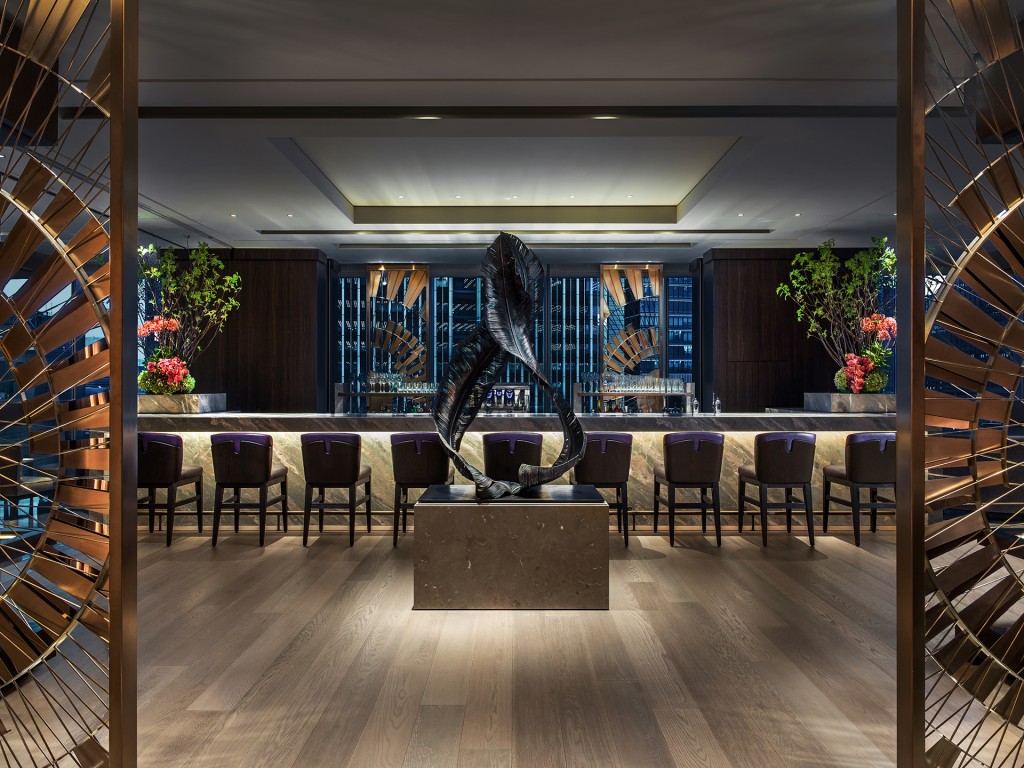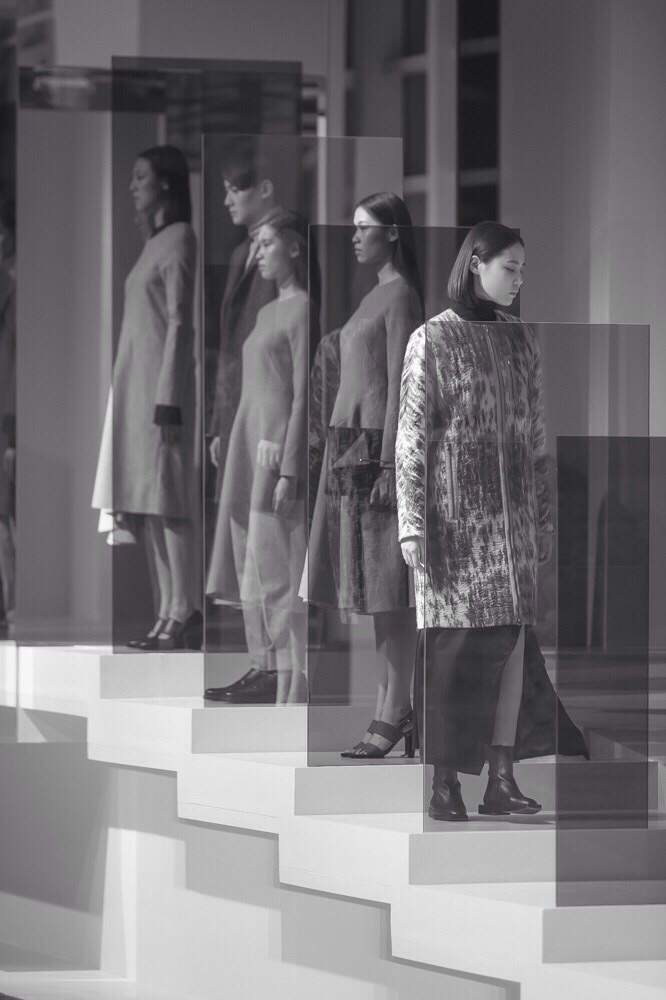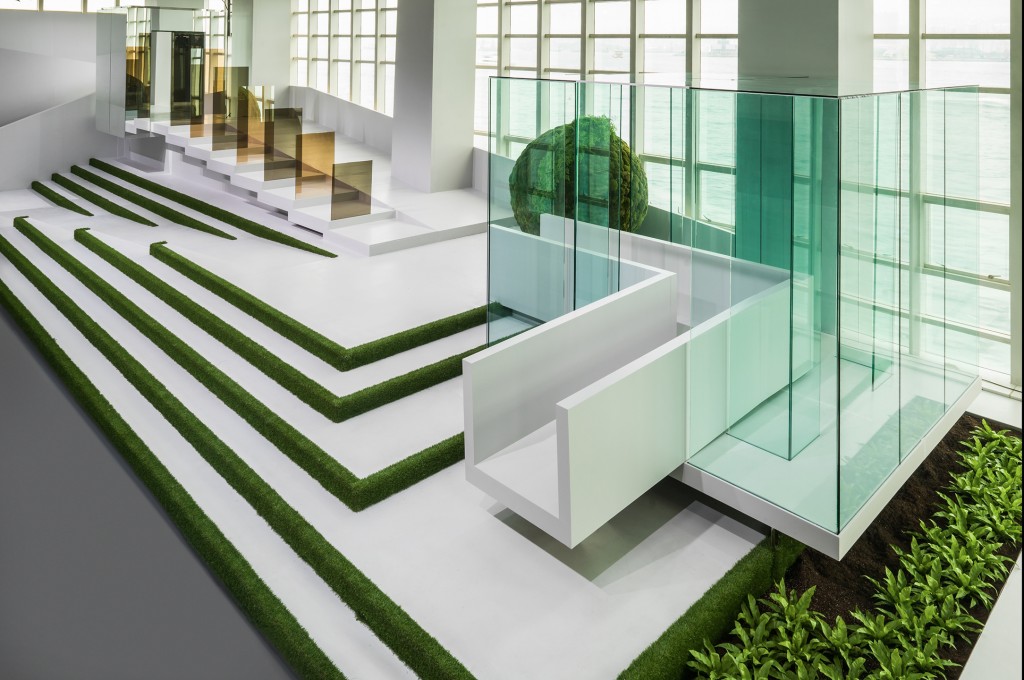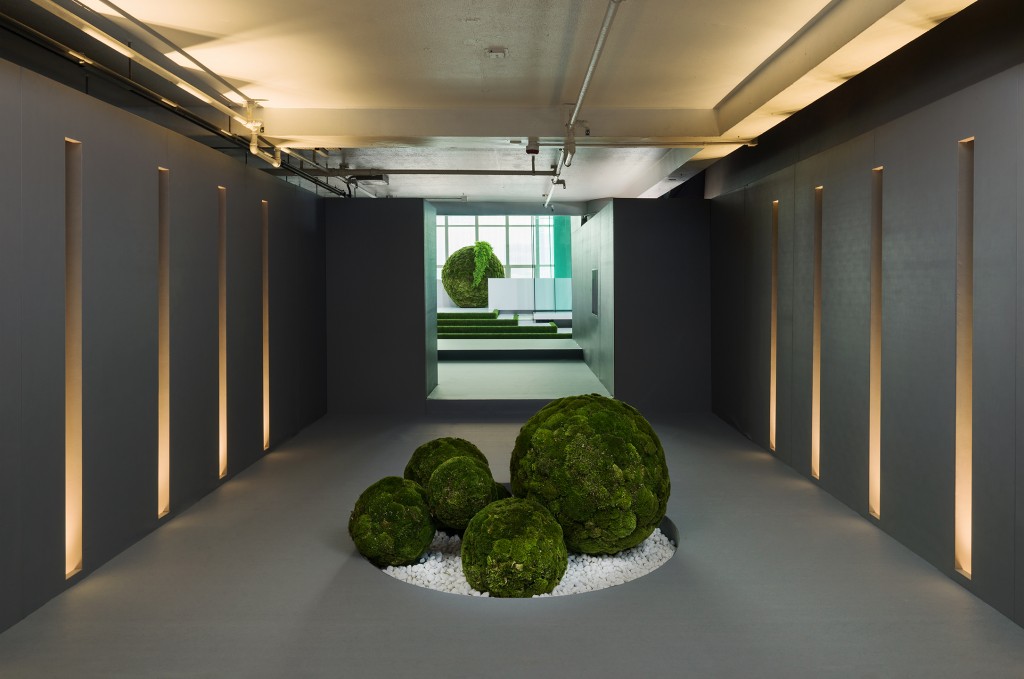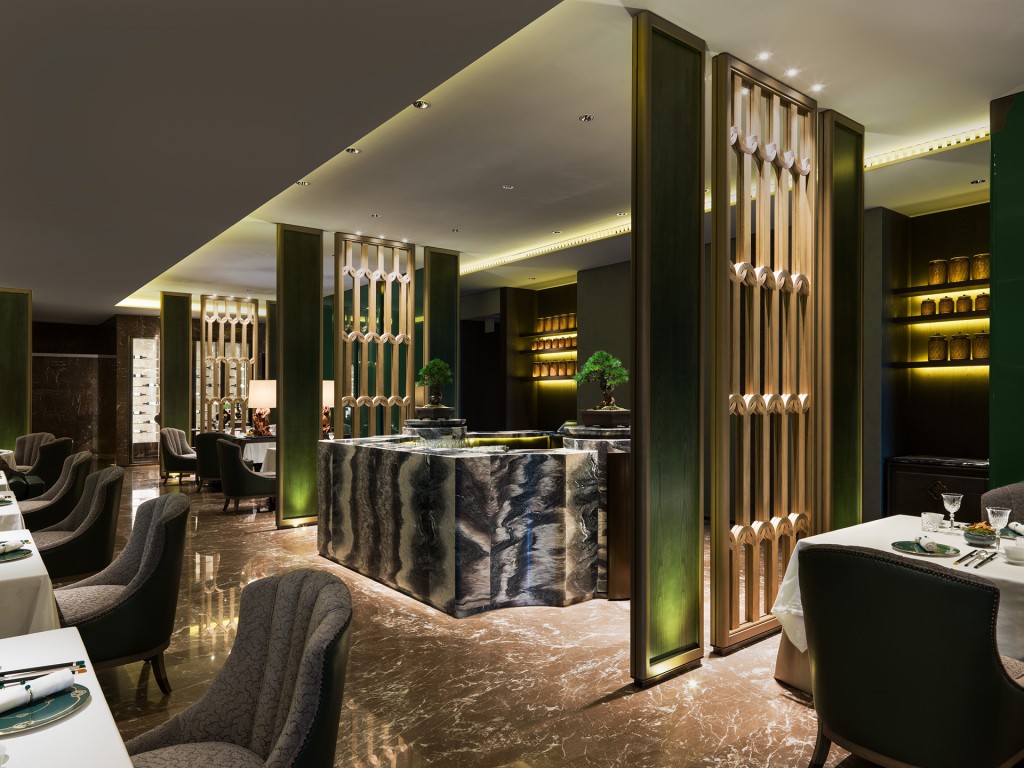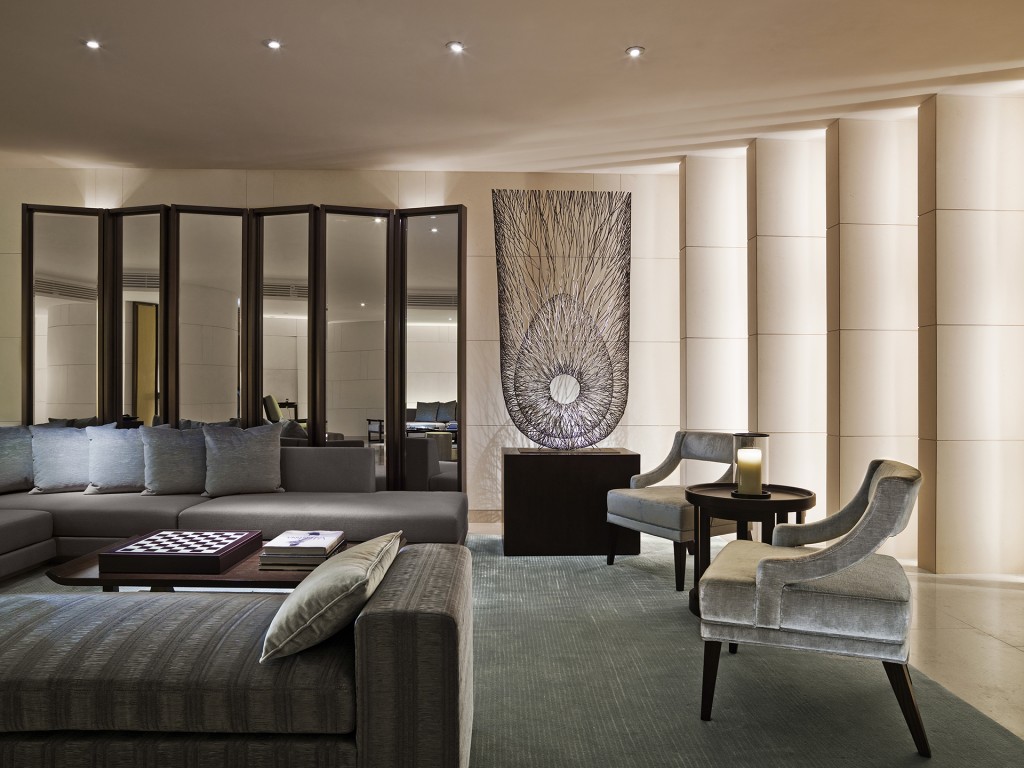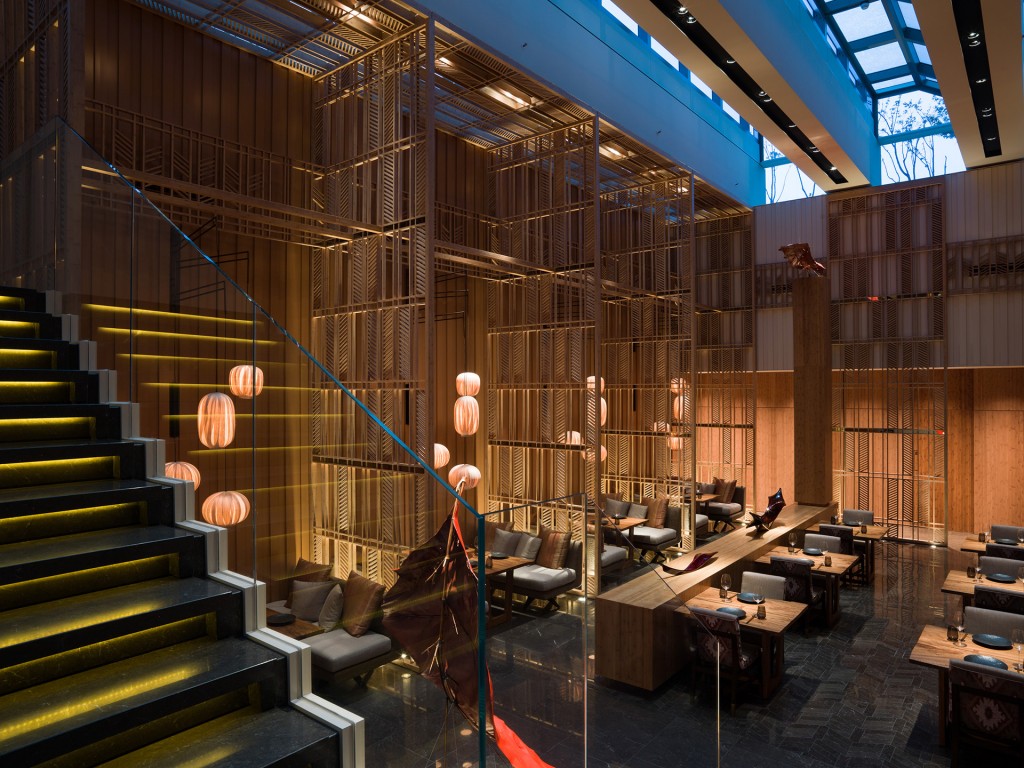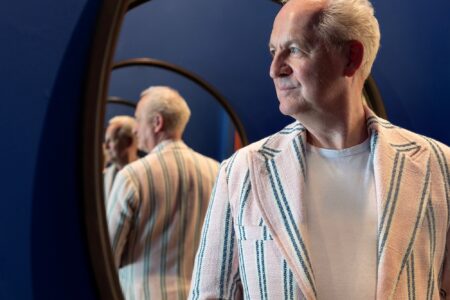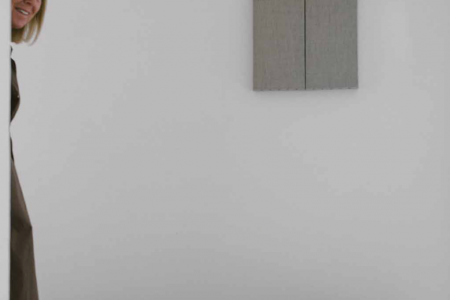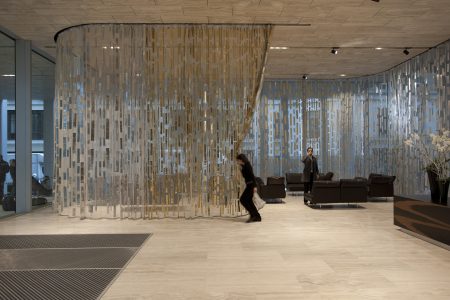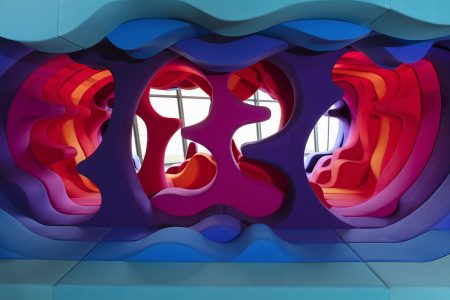André Fu: Beyond Space
Exclusive interview: Architect André Fu, Designer of the Year 2016 at Maison & Objet Singapore, launches lifestyle brand André Fu Living at the fair in 8–11 March 2016.
TLmag met architect André Fu on the occasion of his nomination as Maison & Objet Singapore Designer of the Year. At the event in March 2016, the designer will present signature as well as new projects. This invitation will also coincide with the launch of his new lifestyle brand André Fu Living – a vision extending his studio AFSO’s spatial designs on a more tangible level. The first initiative will be the Bamboo eau de toilette, created in collaboration with Argentina-based Julian Bedel of perfume house Fueguia Patagonia 1833.
TLmag: How would you define AFSO’s particular Asian sensibility and rigour in current and upcoming hospitality projects?
André Fu: I was born in Asia but brought up in the west. As such, I’ve never intended to define my style. However, I believe my Asian sensitivity has a strong element of visual calm and comfort – a sense of intimacy and timelessness. This sense aside, I would claim that I see each project as a unique proposition – each conceived in its own right to tell a different story.
Some years ago, TLmag covered the story of the Upper House hotel in Hong Kong. Do you consider this hotel an iconic – an emblematic achievement of your aesthetic?
AF: Upper House hotel has indeed been one of my most significant projects, and has remained my most holistic hotel project to date. I was involved in every aspect of the experience. It also represented many of my beliefs of hospitality going forward.
What are the fundamental qualities and principles of spatial design at AFSO? Especially in recent projects like restaurant Yu Yuan conceived as a modern yet authentic Chinese dining experience in Seoul or the Four Seasons Marunouchi Hotel in Tokyo? What elements of Asian culture, materials and spirit do you employ?
AF: I would claim that my focus is always on the guest experience – the most mundane details key to people’s daily needs and requirements. I see Yu Yuan in Seoul as a modern interpretation of a traditional Rock Garden, while restaurant Motif in Tokyo is a residential salon that embraces the spirit of the city’s iconic train station. The Asian touches are always given a modernistic twist – traditional lacquered panels done in a monolithic stone blocks, created to echo a sense of purity.
How are objects introduced in your interior designs? As details or more as works of art to interact with? I refer here to the recent Kioku restaurant project in which, you brought all your expertise, elegance and creativity.
AF: I have always commissioned key artworks as an integral part of my designs. For Kioku, we collaborated with Japanese artist Muramoto Shingo on a range of mud orange leaf sculptures – a series of sculptures that appear to float within the restaurant. The sense of movement and motion clearly serve to contrast the restrained interior done in the spirit of a modern Bamboo theatre.
How would you describe your collaboration with COS – a major fashion brand in Europe – designing an installation for one of their key fashion presentation in Hong Kong?
AF: The brand entrusted me to create their very first fashion presentation with an installation interpreting a modern Asian landscape. I was greatly inspired by nature in architecture and urbanism in contemporary Asian cities. The whole installation is conceived as a journey through each unique context. As guests experience each zone, the journey conjures a visual narrative that translates the urban life. A number of glass cubes and deep ramps were constructed against the industrial architecture of the Pier itself – a showcase to provoke how a public facility can be conceptually transformed into a communal landscape for people to stroll, sit and enjoy amazing vistas across Hong Kong’s Victoria Harbour.
What would be your personal choices in collecting art and design?
AF: On a personal basis, I enjoy collecting art, which has always inspired my designs on all levels. •
The interview was originally published in TLmag 24, From East Asia to Northern Europe in December 2015.
